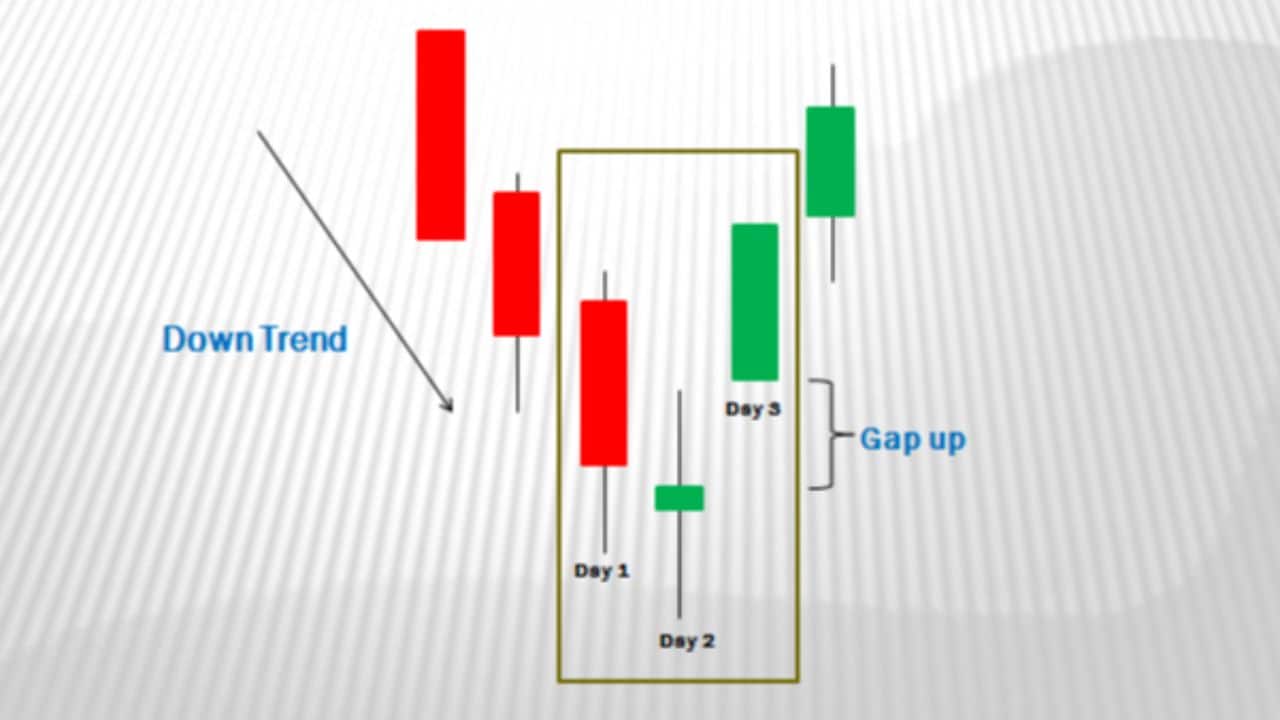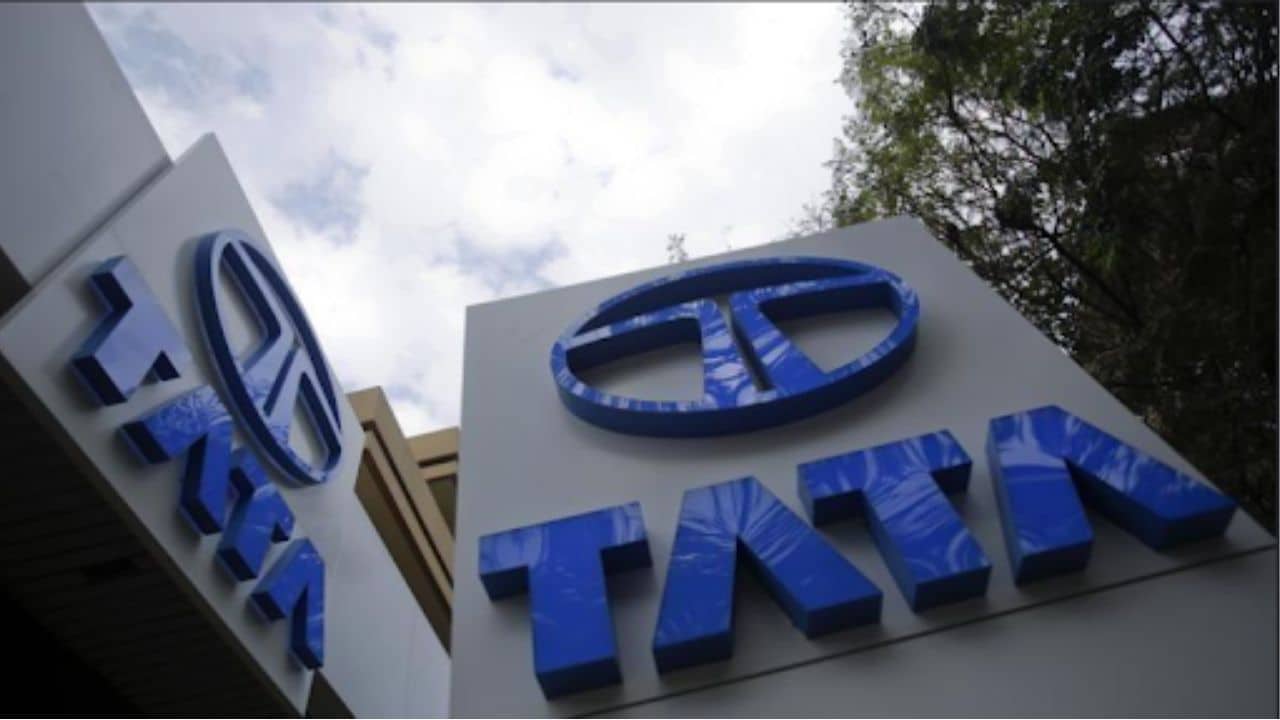Inventory management is an essential cog in the machinery of a successful business. It’s not just about keeping track of what’s in the warehouse—it’s a multifaceted process that can have a significant impact on a company’s bottom line and customer satisfaction. Interestingly, Supply Chain Digest highlighted that U.S. retailers hold approximately USD$1.43 in inventory for every dollar they make in sales.
This statistic underscores the financial implications of inventory management and the importance of getting it right. Effective inventory management ensures that capital is not unnecessarily tied up in stock, which in turn improves cash flow and reduces storage costs. Moreover, an optimized inventory system leads to increased customer satisfaction by ensuring timely and accurate deliveries.
The primary objective of this article is to equip business owners and managers with the knowledge needed to maximize efficiency and minimize costs through astute inventory management.
The Concepts Of Efficiency And Costs In Inventory Management
In inventory management, efficiency refers to the optimal utilization of resources to ensure that the right products are available in the appropriate quantities and at the right time. Keeping the inventory organized is one of the key tasks of inventory management, as it enables businesses to swiftly respond to customer demands without any unnecessary delays.
Conversely, costs in inventory management encompass the expenses incurred for storing, tracking, and handling inventory. These costs can include storage fees, insurance, taxes, and the opportunity costs associated with having capital invested in inventory.
Maintaining a delicate balance between efficiency and costs is paramount in inventory management. This involves sustaining inventory levels that are sufficiently high to meet customer demands but not so excessive as to incur high holding costs or risk obsolescence.
It is also important to be aware of the pitfalls associated with inventory mismanagement. An inefficient inventory system can lead to lost sales opportunities, dissatisfaction among customers, and financial stress.
Instances such as selling products that are out of stock or ordering surplus items with low demand can wreak havoc on a business. Thus, diligent and effective inventory management is essential for avoiding these pitfalls.
Inventory Management Techniques
Inventory management may seem overwhelming, but several effective techniques can streamline the process.
- Just-In-Time (JIT): JIT focuses on ordering goods only as needed, keeping inventory lean. This saves costs but requires market insights and reliable suppliers to prevent stockouts.
-
- Economic Order Quantity (EOQ): EOQ calculates the ideal order quantity to minimize holding costs without risking stockouts. It considers ordering costs, holding costs, and demand.
- Dropshipping: In dropshipping, a supplier fulfills orders on your behalf. This lowers overheads but gives you less control over product quality and delivery times.
- Bulk Purchasing: Bulk purchasing involves buying large quantities to secure discounts. It can save money but be cautious to avoid excess unsellable inventory.
-
- Vendor-Managed Inventory (VMI): In VMI, suppliers monitor and restock your inventory. This can lower holding costs and foster better supplier relationships. Ensure clear communication and expectations.
- Consignment: With consignment, you pay for inventory only after it’s sold. It reduces financial risks but may result in lower margins as suppliers bear more risk.
- Cross-Docking: Cross-docking involves receiving products and quickly shipping them out, minimizing storage time. This saves on storage costs but requires efficient coordination and transport.
Selecting the appropriate inventory management techniques requires considering your business nature, product types, and customer demands. Evaluate the benefits and drawbacks of each method to tailor an approach that best suits your operations.
Practical Steps To Optimize Inventory Management
After gaining an understanding of various inventory management techniques, it’s time to delve into actionable steps that can be implemented to optimize inventory management in your business.
-
Regularly Review And Analyze Inventory Data
Being on top of your inventory data is like keeping your finger on the pulse of your business. Regularly reviewing and analyzing inventory data helps in identifying trends, understanding demand fluctuations, and making informed decisions.
-
Cultivate Strong Supplier Relationships
A business’s ability to efficiently manage inventory is often closely tied to its relationships with suppliers. By cultivating strong supplier relationships, you can ensure better communication, more favorable terms, and quicker response times when you need to adjust orders. A collaborative approach with suppliers can also pave the way for shared insights and innovations in inventory management.
-
Implement Inventory Reduction Strategies
Reducing inventory levels can be an effective way to minimize costs and improve cash flow. Implement strategies such as demand forecasting to order more accurately or consider adopting a Just-In-Time inventory system. Another approach is to periodically assess slow-moving items and develop promotions or discounts to move them more quickly.
-
Continuously Train Staff
Your inventory management system is only as effective as the people who operate it. Invest in ongoing training for your staff to ensure they are up-to-date on best practices and tools. Well-trained staff are not only more effective in identifying and addressing issues but also play a vital role in optimizing inventory operations.
-
Monitor Key Performance Indicators (KPIs)
Keeping track of key performance indicators, such as inventory turnover, carrying costs, and order accuracy, is of utmost importance. Monitoring KPIs provides insights into how well your inventory management processes are performing. It aids in identifying areas for improvement and ensuring that your inventory operations are aligned with your business objectives.
It is important to note that optimizing inventory management is an ongoing process, requiring regular assessment and adaptation to changes in market conditions and business needs.
Conclusion
In a world where competition is fierce and customer expectations continue to soar, inventory management emerges as a cornerstone for sustainable success. As such, investing time, effort, and resources into honing inventory management practices is not merely an operational necessity, but a strategic imperative for any forward-looking business.









































